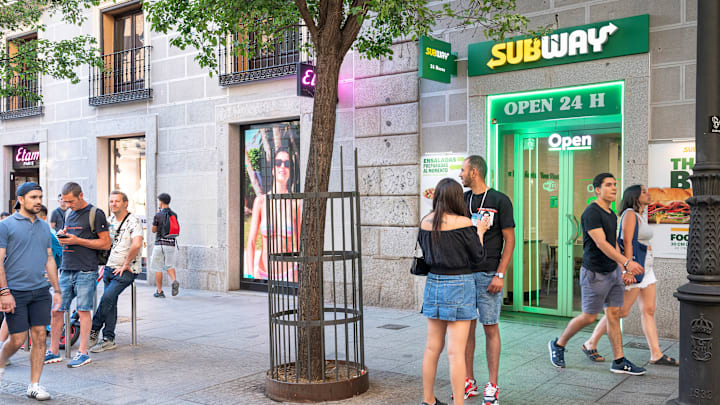Fast-food restaurant menus are constantly changing. The spicy chicken wrap you got in the drive-thru last week might not be there the next time you visit. Companies change what their diners can eat to compete with other brands, but they also want to keep up with consumer interests. Learn how millennials are influencing the fast-food industry to better understand how the industry works before your next meal on the road.
Has the fast food industry always had trends?
Fast-food restaurants have been a worldwide staple for the last few decades. People depend on them for quick food in their cars and fast sit-down meals, which is why the global industry reached a $978.4 billion value in 2023. Fast-food brands must keep up with the demand by serving meals that most appeal to their customers.
Trends are an excellent way to give consumers what they want. Companies watch trends online and through purchasing data to see what people are ordering, which menu options they miss most and what foods they’re discussing on social media. It’s how they know to bring back things like Taco Bell’s Mexican pizza and Burger King’s chicken fries.
How millennials are influencing the fast food industry
Your next fast-food experience may change depending on how millennials are influencing the fast-food industry. Check out how their interests affect what brands serve at your favorite drive-thru restaurants.
1. They want self-ordering restaurant kiosks
Ever used the touchscreen kiosks to place your order at McDonald’s? You can thank millennials for that. Researchers found that they want self-ordering kiosks as much as the generation before them, proving that fast-food brands should install the kiosks. If multiple generations use them, the touch screens will be a more appealing restaurant upgrade than if only one generation uses them.
These kiosks create numerous advantages for consumers as well. They appeal to people like young kids who want to order only what they like. Recently published data shows that 87% of kids prefer visiting restaurants that give them multiple customization options when they order. Touchscreen kiosks empower consumers of all ages to get exactly what they like.
2. They’re eating fast food for more meals
Millennials are influencing the fast-food industry by prioritizing their time differently than other generations. They’re busy, so they spend less time dining at home than generations before them. It means they’re more likely to buy fast food for more meals per week, pushing restaurants to add more menu options throughout the day. A boomer or Gen Xer might make breakfast before work, whereas a millennial is more likely to save time by grabbing cost-effective food like a breakfast wrap at Dunkin Donuts.
3. They’re looking for green fast food options
Younger generations feel more concerned for the planet than older generations. It’s one of the reasons why millennials are pushing fast-food restaurants to go green. Their purchasing power and general preferences prioritize green menu options when they’re available. In response, more fast-food brands are introducing more eco-friendly options like plant-based meats.
Traditional meat increases greenhouse gas emissions due to livestock production processes. Giving millennial consumers plant-based burgers and other meats allows them to enjoy food that supports their sustainable priorities.
4. They make more fast food brands market themselves online
Social media is a powerful way for companies to reach consumers. It’s also a more popular way fast-food brands are marketing themselves to generations like millennials. Young people are more online than boomers, so fast-food companies are reaching their consumers where they spend time in the virtual world.
Wendy’s recently proved the success of this with a 5-day Twitch event where they streamed gaming content for millennials and Gen Zers. The effort proved effective with millennials, who engaged with positive chat messages because they were already spending time on Twitch. Instead of hoping consumers try their seven new sauces after seeing TV commercials, Wendy’s is one of the fast-food companies reaching millennials and younger people through social media marketing efforts.
5. They’re increasing online ordering availability
The next time you order fast food on your phone and pick it up when you’re ready to eat, thank a millennial. Research shows they enjoy ordering fast food online because it’s easy and quick. Fast-food brands like Jimmy John’s, Pizza Hut, Taco Bell and more have already adapted to this consumer interest with online order rewards programs. It’s a widespread industry shift that’s due in part to younger generations, like millennials, being more tech-savvy.
Look forward to future food trends
Once you know how millennials are influencing the fast-food industry, changes at major restaurants make more sense. They’re appealing to a broad consumer base by listening to what people like and dislike. As future generations grow up and gain more purchasing power, fast-food brands will likely adjust their ordering experiences to their preferences, too.
